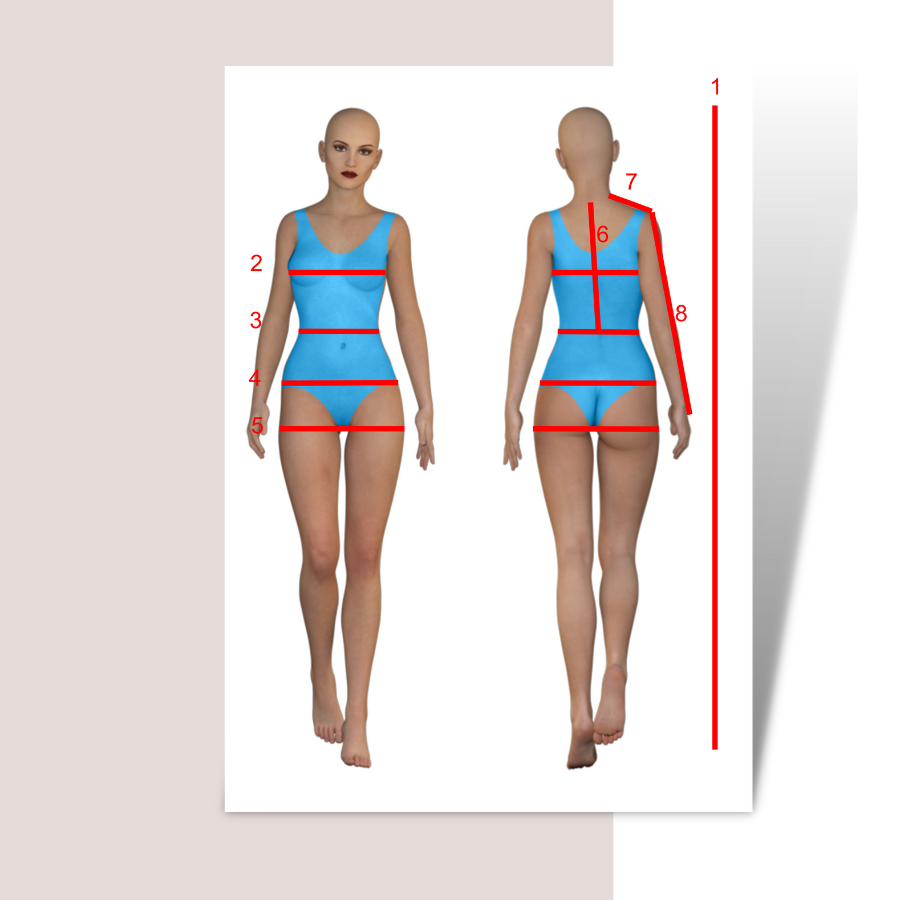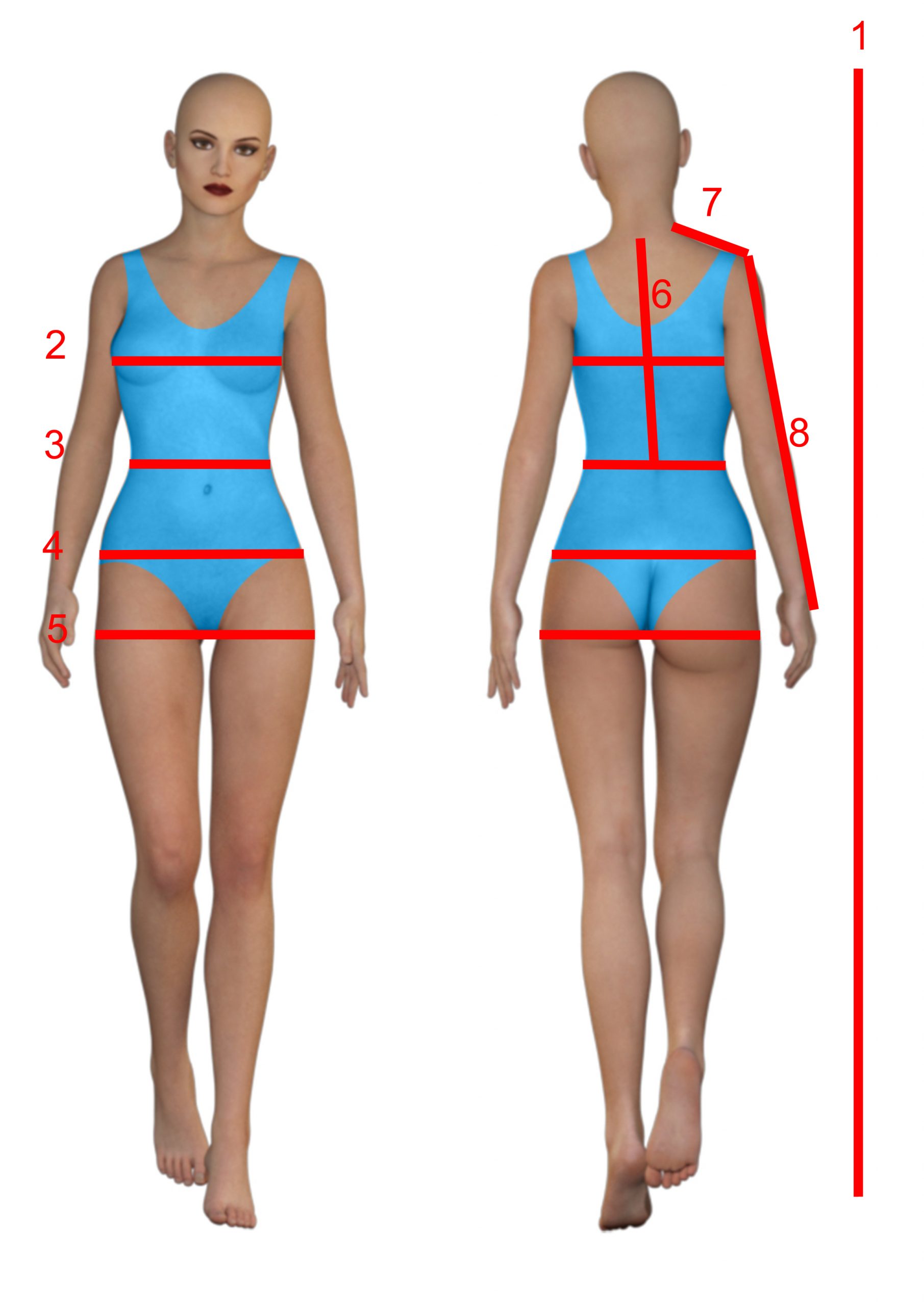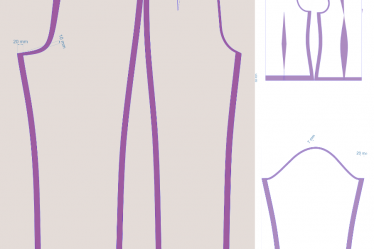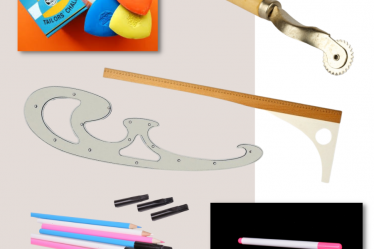
Taking body measurement is not as complicated as it may seem at first glance. Just follow a few basic rules:
- Measure accurately – Hold the tape measure, not too tight or too loose.
- If you can, ask someone to measure you.
- Stand naturally and look straight ahead.
- Tie a string around your waist, so you know exactly where your waist is.
- Write down your measurements carefully.
Basic body measurements
Where do you measure the waist, or where do you measure the hips? These are among the most common questions sewists ask. What are the basic measurements? Take a look at the following picture, you won’t be confused anymore.

How to measure the figure?
- Body height
- Bust circumference (OH): Measure across the widest point of your bust, just below the armpits, slightly up the back.
- Waist circumference: Measure across the narrowest point (just above the belly button).
- Hip circumference (OB): Measure where the hip joint is.
- Circumference at the depth of the buttocks: Usually the widest point.
- Back length: From the protrusion of the 7th vertebra in the neck to the waist (mark the waist with a string)
- Shoulder width: From the lowest point on the neck across the shoulder to the point where the sleeve attaches.
- Sleeve length: From the end of the shoulder along the arm over a slightly bent elbow to the wrist.
- Total length of garment: Measure down the centre of the back from the protruding 7th vertebrae down to the end of the garment.
I already know my measurements. What else?
Choose one of our patterns! 🙂 And then…
- Determine your size from the Size Table according to your basic measurements. Top garments (blouse, jacket, coat, shirt, sweatshirt, T-shirt) according to your bust measurement (marked OH). Bottom garments (trousers, skirt) according to hip measurement (marked OB).
- Copy the appropriate size from the purchased pattern.
- Measure the correct length of the garment and sleeves/legs.
- Cut the fabric.
- When making your garment, try it on 1–2 times during the sewing process.

